A while back I got the idea of a bold, geometric, black & white outfit into my head. I got out my black diamond tsukesage-komon and my favourite black and white hakata tsuke-obi. The lining of the kimono is a bright red, which made the accessories a no-brainer. Black, white, and red is such a classic, timeless combination. A red obiage, objime, and red card suit patterned haneri pulled everything together but I still felt like the outfit was missing something. This black handbag with red Bakelite accents is one of my favourites, and fit perfectly with the mood I was building. The finishing touch ended up being my Deadpool pocket-watch. This is an outfit I can totally see myself wearing as soon as I fit into the kimono again.
Items used in this coordination
- Fan Tsukesage-Komon Hybrid
- Black & White hakata
- Mixed Cotton
- Red Chirimen
- Red & Black

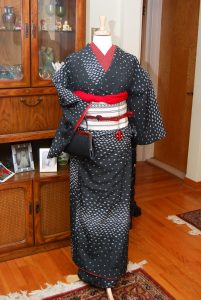
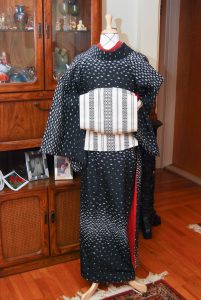
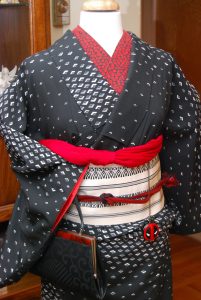

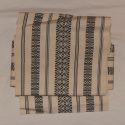





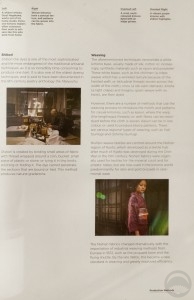

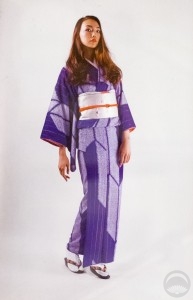
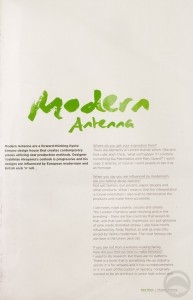

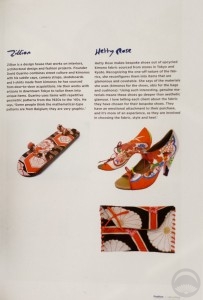
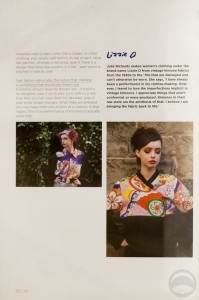
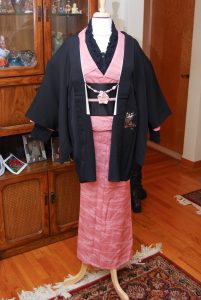
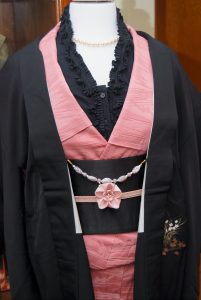




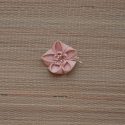



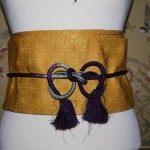

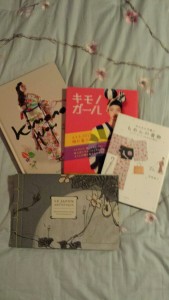
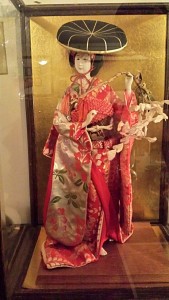











 Bebe Taian
Bebe Taian CHOKO Blog
CHOKO Blog Gion Kobu
Gion Kobu